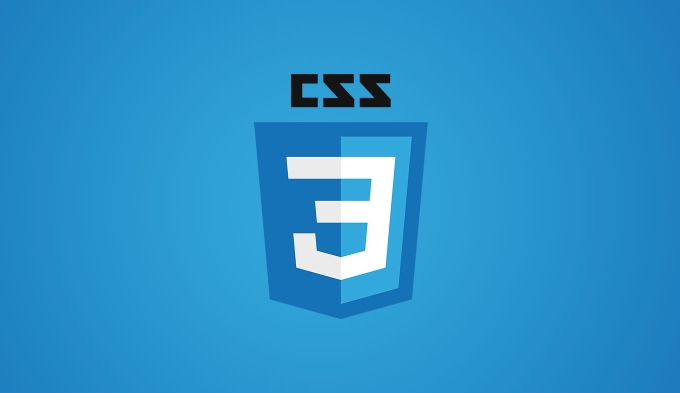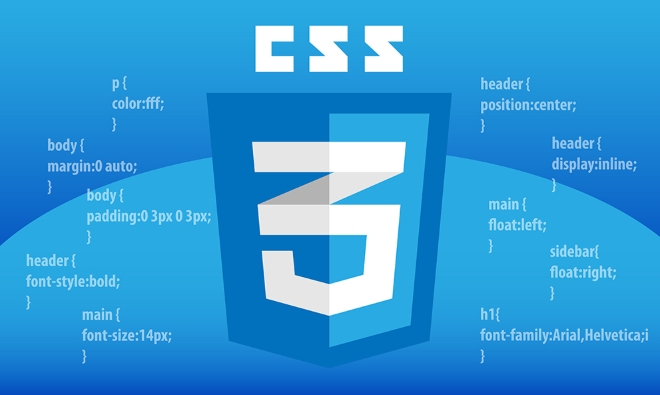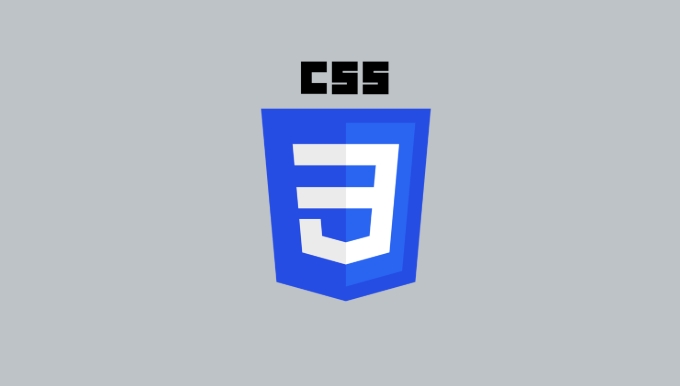The pointer-events property in CSS controls whether an element can be the target of pointer events. 1. Use pointer-events: none to disable interactions like clicks or hovers while keeping the element visually visible. 2. Apply it to overlays to allow click-through behavior to underlying elements. 3. Re-enable interaction on specific children using pointer-events: auto. 4. Use it to temporarily disable buttons without altering their appearance by combining it with opacity. 5. Remember that pointer-events does not affect keyboard navigation, so manage accessibility with tabindex or ARIA attributes. 6. It is widely supported in modern browsers and is ideal for overlays, tooltips, and conditional interactivity, providing precise control over mouse interactions without changing layout.

The pointer-events property in CSS controls whether an element can be the target of mouse (or pointer) events like clicks, hovers, or drags. It’s useful for controlling interactivity without changing layout or removing elements from the DOM.

When to Use pointer-events
You might want to disable interaction with an element temporarily — for example, to let clicks pass through to an underlying element, or to prevent a disabled button from triggering actions. Unlike display: none or visibility: hidden, pointer-events lets you hide interactivity while keeping the visual appearance intact.
Common use cases:

- Make an overlay "invisible" to clicks so content behind it remains interactive.
- Disable a button or link without graying it out via JavaScript.
- Create hover effects on parent elements while ignoring child elements.
Basic Values of pointer-events
Here are the most commonly used values:
-
auto— Default behavior. The element responds to pointer events as normal. -
none— The element does not respond to any pointer events. Events pass through to the element underneath. - Other values exist (like
stroke,fill, etc.), but they’re mostly used in SVG.
Example: Click-Through Overlay
.overlay {
position: fixed;
top: 0;
left: 0;
width: 100%;
height: 100%;
background: rgba(0, 0, 0, 0.5);
pointer-events: none; /* allows clicks to go through */
}
.overlay button {
pointer-events: auto; /* re-enable interaction only for the button */
}In this case, the entire overlay ignores clicks, but the button inside it remains clickable.

Practical Tips
Use
pointer-events: noneto simulate "hover" on background elements
You can place a transparent element over a section and disable its pointer events, letting hover states work on the container below.Temporarily disable buttons
Instead of disabling a button in HTML (disabledattribute), which changes its appearance, you can use:.btn-disabled { pointer-events: none; opacity: 0.6; }This keeps the style consistent and blocks clicks.
Be careful with accessibility
Disabling pointer events doesn’t remove the element from the tab order. If you’re blocking clicks, also consider keyboard navigation (e.g., usingtabindex="-1"or ARIA attributes if needed).Works across all modern browsers
Support is excellent, including mobile. Just avoid relying on it in very old environments.
Summary
pointer-events: none is a lightweight way to disable interactions on an element while leaving it visually present. Pair it with auto on nested children when needed, and remember to handle accessibility separately. It’s especially handy for overlays, tooltips, and conditional interactivity. Basically, it gives you fine control over what responds to the mouse — without moving anything around.
The above is the detailed content of How to use the pointer-events property in CSS. For more information, please follow other related articles on the PHP Chinese website!

Hot AI Tools

Undress AI Tool
Undress images for free

Undresser.AI Undress
AI-powered app for creating realistic nude photos

AI Clothes Remover
Online AI tool for removing clothes from photos.

ArtGPT
AI image generator for creative art from text prompts.

Stock Market GPT
AI powered investment research for smarter decisions

Hot Article

Hot Tools

Notepad++7.3.1
Easy-to-use and free code editor

SublimeText3 Chinese version
Chinese version, very easy to use

Zend Studio 13.0.1
Powerful PHP integrated development environment

Dreamweaver CS6
Visual web development tools

SublimeText3 Mac version
God-level code editing software (SublimeText3)
 How to use the clamp() function for responsive typography in CSS
Sep 23, 2025 am 01:24 AM
How to use the clamp() function for responsive typography in CSS
Sep 23, 2025 am 01:24 AM
clamp() function realizes responsive font scaling through the minimum, preferred and maximum values; 2. The syntax is clamp (minimum value, preferred value, maximum value), and commonly used rem and vw units; 3. The font takes the minimum value on the small screen, and scales according to vw as the screen increases, and does not exceed the maximum value; 4. Reasonably select the numerical value to ensure readability and avoid being too large or too small; 5. Combining the rem type proportion to improve design consistency.
 How to create a responsive square using CSS
Sep 24, 2025 am 03:28 AM
How to create a responsive square using CSS
Sep 24, 2025 am 03:28 AM
Use aspect-ratio:1/1 to create a responsive square, and set the aspect ratio in modern browsers; if you need to be compatible with old browsers, you can use padding-top:100% technique to maintain the consistency of width and height by relative units; you can also use vw units to make the square change with the viewport.
 How to set the Chrome browser to remove the header and footer when printing_How to hide the header and footer when printing the page
Sep 25, 2025 am 09:54 AM
How to set the Chrome browser to remove the header and footer when printing_How to hide the header and footer when printing the page
Sep 25, 2025 am 09:54 AM
1. Open the web page printing interface, click "More Settings" and uncheck "Header and Footer" to remove automatically added URLs, dates and other information. 2. By adding the CSS style of @mediaprint{@page{margin:0}} to the web page code, the default margins and headers and footers can be cleared. 3. Install third-party printing extensions such as PrintEdit, which can edit print content more flexibly and disable the default header and footer.
 How to use CSS backdrop-filter for a frosted glass effect
Sep 24, 2025 am 01:55 AM
How to use CSS backdrop-filter for a frosted glass effect
Sep 24, 2025 am 01:55 AM
Use backdrop-filter:blur() to achieve the frosted glass effect, combining rgba transparent background, thin borders and rounded corners, such as .frosted-card{backdrop-filter:blur(10px);background-color:rgba(255,255,255,0.1);border:1pxsolidrgba(255,255,255,0.2);border-radius:12px;padding:20px;}, be sure to ensure that there is content behind the elements and pay attention to browser compatibility.
 How to vertically align text in a div with CSS
Sep 22, 2025 am 03:46 AM
How to vertically align text in a div with CSS
Sep 22, 2025 am 03:46 AM
UseFlexboxwithdisplay:flex,align-items:center,andjustify-content:centerformodern,responsivecentering;2.ApplyCSSGridwithdisplay:gridandplace-items:centerfordual-axiscenteringingridlayouts;3.Setline-heightequaltocontainerheightforsingle-linetextonly;4.
 How to create a dark mode theme with CSS
Sep 23, 2025 am 02:11 AM
How to create a dark mode theme with CSS
Sep 23, 2025 am 02:11 AM
Define CSS variables and combine prefers-color-scheme to implement dark mode. Set light-color themes through:root, overwrite them as dark colors in @media, use variables to uniformly apply styles, and optionally switch between JavaScript to add transition and contrast optimization experience.
 How to target the last child element in CSS?
Sep 24, 2025 am 02:26 AM
How to target the last child element in CSS?
Sep 24, 2025 am 02:26 AM
Use the :last-child pseudo-class selector to accurately locate the last child element in the parent container, regardless of its type. For example, li:last-child is used for the last item on the list, and *:last-child is suitable for any ending element. Unlike :last-of-type, :last-child only focuses on whether it is the last child node, while :last-of-type matches the last instance of a particular type. This method is widely supported and is suitable for scenarios such as removing unnecessary margins or highlighting the last item.
 How to use CSS logical properties for internationalization
Sep 24, 2025 am 02:54 AM
How to use CSS logical properties for internationalization
Sep 24, 2025 am 02:54 AM
Logicalpropertiesenableadaptable,internationallayoutsbyreplacingfixeddirectionswithflow-relativetermslikeblockandinline,ensuringconsistentstylingacrossLTR,RTL,andverticalwritingmodes.




